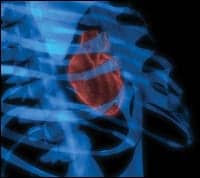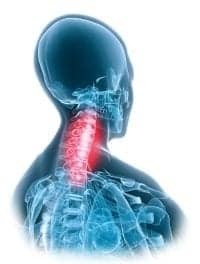An evolving modality speaks to possibilities across the industry

When the Radiological Society of North America gathers this month for its annual conference in Chicago, the medical imaging industry will witness the latest tools and techniques. And there will be discussion, inspiration, dreaming of what will come next.
One of the topics of discussion will no doubt be computed tomography, which is at the forefront of an evolution in medical imaging on a couple of fronts.
Preliminary results of the National CT Colonography Trial showed it was as effective as optical colonoscopy in detecting colorectal lesions 1 cm or larger in diameter, according to the American College of Radiology Imaging Network (ACRIN). When the trial was launched, it was considered to be the definitive word on virtual colonoscopy, so it seems that the momentum will pick up and a less-invasive detection of the second-leading cause of cancer deaths in the United States will be available in the not-too-distant future.
Similar findings were published by the University of Wisconsin Medical School in the New England Journal of Medicine. Its research compared virtual colonoscopies of 3,120 adults with an average age of 57, and the traditional colonoscopies of 3,163 adults with an average age of 58. The results: researchers found almost the same number of polyps with virtual colonoscopy as with traditional colonoscopy.
Across the country at Los Angeles’ Cedars-Sinai Medical Center, doctors are using CT to detect heart disease. Using a low-dose coronary CT angiogram (CTA), doctors were able to detect calcium deposits in a patient who exhibited continual nausea. After a battery of tests on the woman, a vegetarian with good cholesterol levels but a family history of heart disease, and turning up little, doctors performed a CTA and discovered a 90% blockage in the left main coronary artery.
Doctors there are also developing a “mini-dose” CCTA, using x-rays produced during 1/10th of the cardiac cycle, thus lowering the radiation exposure—an issue that has been garnering more attention in recent months. The procedures offer greater hope for detection and treatment of the leading cause of death for American women.
These techniques offer hope of a less-invasive means of saving people, if caught early enough. It’s no exaggeration to say those efforts keep dreams alive for families.
I always aspired to do something so noble. The best I ever came up with was the selfish wish as a kid that someone would invent an electronic device to change the TV channel so I didn’t have to jump up and turn the dial each time one of my elders got bored with what was showing.
Not long ago, I shared that childhood dream with the chief executive of one of the leading makers of remote controls. Chances are you have at least one of his devices in your house. We talked about the evolution of the remote, how when the first versions of the clicker came out, it actually made a clicking sound. Now the devices have 40 or 50 buttons and control everything from the TV to the light switches.
What will click with patients in the coming years? How far will the evolution of CT—as well as other modalities that will be displayed in Chicago or at trade events throughout 2008—take the industry? To the physicians, scientists, technologists, and engineers: Keep dreaming… for all of us.
Dan Anderson
Editorial Director





